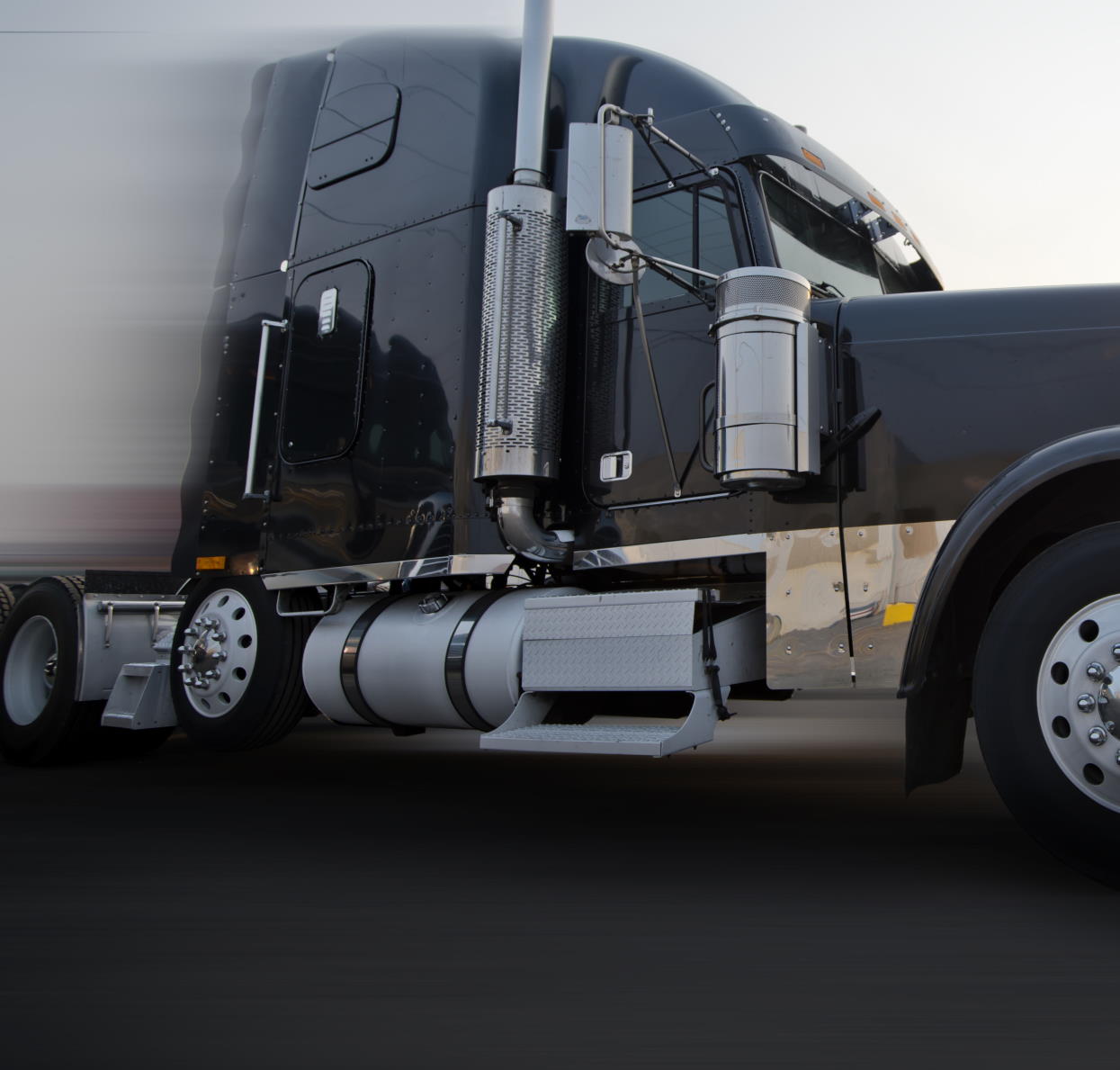Roads to Safety: Reforming the Trucking Industry
Sponsored Article by NSCA Foundation
An average of 200 people are killed every year across Australia in crashes involving trucks. In 2019 alone, 53 truck drivers died on the job, with 34% being linked to fatigue. NATIONAL SAFETY unpacks the views of an Australian transport regulation expert to gain insight into the scale of the problem and possible roads to a safer future.

Dr. Christopher Walker, a transport regulation and policy expert from UNSW Arts & Social Sciences, argues that relying on regulation through licensing alone will not be enough to combat unsafe truck driving practices. Rather, Dr. Walker believes that Australia needs to put pressure on the trucking industry to improve safety standards. The federal government has committed $110 billion over the next 10 years to be spent on infrastructure across Australia, to reduce the risk of accidents. “[Truck companies] respond to regulators to a certain degree, but they are also very
responsive to the people with power — people who are giving them work, those who contract with them,” Dr. Walker said. “So businesses, such as Coles and Woolworths, should be saying, ‘we need to know that you will maintain your vehicles, we need to know that your drivers will not drive excessive hours’, before entering into contracts with them.”
Dr. Walker also points out that it is not uncommon for drivers to haul loads and work beyond the 12-hour daily limit, with 80-to 100-hour plus working weeks occurring frequently — the legal limit is 72 hours over a seven-day period. “So they would go up and down to Sydney and Melbourne, it’s not unusual, four times a week. I’ve interviewed truck drivers, and they’ve said to me, ‘I’d get my pay in one hand, and my pills in the other’. They’d then go and drive and work well beyond the regulated 12 hours per day and may not have two consecutive rest days for 20 days or more,” Dr. Walker said. In 2019, Western Australia Labor MP Glenn Sterle, a former truck driver, proposed an inquiry into the industry, receiving widespread support from truck drivers, transport operators, and other industry associations. The inquiry’s report, ‘Importance of a viable, safe, sustainable and efficient road transport industry’, is expected on 11 February 2021.
The report will consider an enforceable minimum wage rate and training for drivers, better regulation in the industry, safety standards, and nationwide infrastructure.
Dr. Walker likened Australia’s trucking industry to a pyramid, with the biggest and most sophisticated trucking firms at the top and a larger number of entry-level owners operating at the bottom, where cutting corners on safety is endemic. “Because our economy is so dependent on trucking [to transport packaged and manufactured goods, as well as products such as grain or livestock], we have these massive vehicles like nowhere else in the world,” Dr. Walker explained. Dr. Walker said B-doubles (prime mover trucks with two semitrailers) are highly restricted in their movements in the United States. However, bigger B-triple trucks and road trains up to 53.5 meters are in regular use in Australia. “So there could be a half-a-million-dollar rig carting $3 million worth of goods down the highway… that is more value than a small aircraft,” Dr. Walker said.
Of course, technology has come a long way in advancing this industry. Modern trucks have sensors that monitor braking, fuel consumption, location, and speed around the clock. Dr. Walker said that some truck drivers could be driving a vehicle that is as sophisticated and as valuable as a light aircraft. “So, the owner of those trucks is more likely to ensure the vehicle performs efficiently and is safe because the costs are so high and the product is incredibly valuable,” Dr. Walker said. At the bottom of the pyramid is a different story, however, where smaller truck operators are found, and often work in demolition, excavation, and local freight and packaged goods movement. “There are all these little guys starting up and leaving the industry. And they’re the ones who can create a lot of risks as they try to become profitable. So the driver is [likely to be] the owner of the vehicle. If he wants to save money, he might neglect to maintain the vehicle. So he’s usually the biggest risk. He might be the fourth owner of a second-hand truck and it’s maybe done one-and-a-half to two million kilometers. If he doesn’t maintain it, then when he’s going down the motorway [and] his tire goes ‘pop’ or he nods off to sleep. He’s the guy who is going to cause a problem,” Dr. Walker said.
Since 2001, about 2000 people have died on Australian roads in accidents involving trucks. According to Dr. Walker, owner-operators only need to get their truck license, purchase a truck, and register an Australian Business Number to start a trucking company in Australia. Owner-operators do not have to prove they are financially viable or that they do not have a compromised driving record. Dr. Walker explained that trucking is such a competitive industry that entry-level owner-operators regularly undercut others on price, by putting other road users at risk by working 16
hours a day, six days a week. Australia has a two-tier regulatory structure: the National Heavy Vehicle Register and local transport and road agency regulators at each state and territory. There are also exit industry safety schemes, such as Trucksafe, that deliver safety guidelines, but compliance is voluntary.
Dr. Walker points out that the incentive for joining voluntary compliance schemes like Trucksafe is limited. Yet joining these schemes is vital, because truck drivers and company owners who meet these standards will have safer vehicles that run more efficiently. “They can also advertise in the market that they’re a safe operator and that they’re a low risk for losing product
or having an accident,” Dr. Walker said. “These schemes draw on market pressures to help drive home compliance and safety standards.” According to Dr. Walker, better driver awareness and education are needed, alongside infrastructure improvements, to reduce the road toll related to truck accidents. There also has to be better separation between the mix of traffic, with
bicycle lanes and median strips to separate opposing lanes of traffic. “They can all be the best drivers in the world,” Dr. Walker said. “But if there’s such a diverse mix on the road network, then ensuring that mix works well together is a high priority.”

About NSCA Foundation
NSCA Foundation is a not-for-profit, member-based organization in Australia that inspires, educates, informs, and engages organizations in staying up-to-date with best practices for workplace safety, health, and wellbeing. Membership with NSCA Foundation includes complimentary tickets to webinars, free or discounted tickets to events, complimentary subscription for the National Safety magazine, discounts for WHS training and qualifications, and more. With a legacy spanning over 90 years of supporting the work health and safety professional, NSCA Foundation membership ensures you and your business are supported to protect your most important asset – your people. Visit www.nscafoundation.org.au to find out more.
